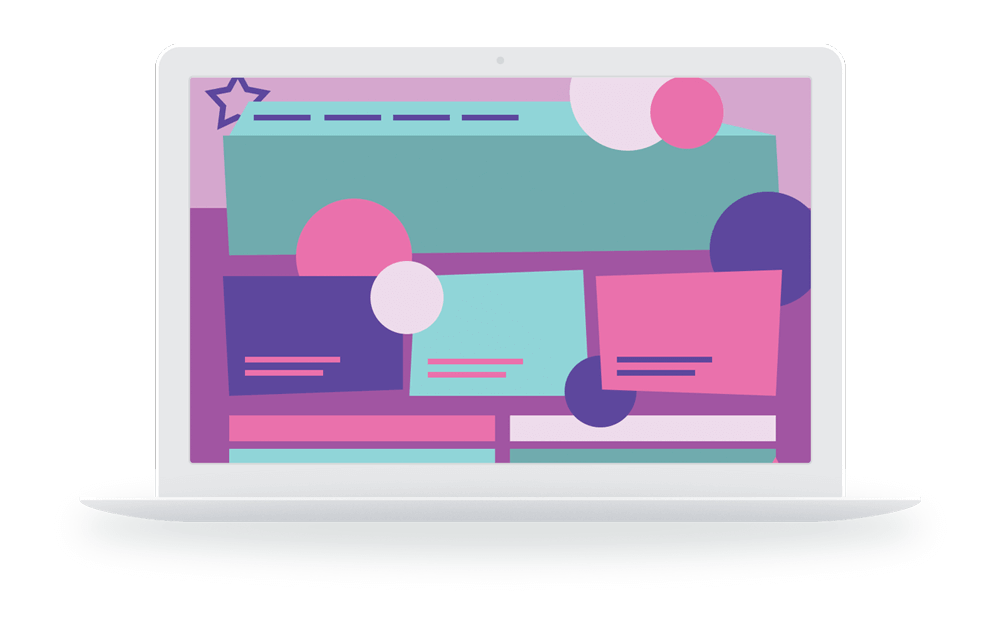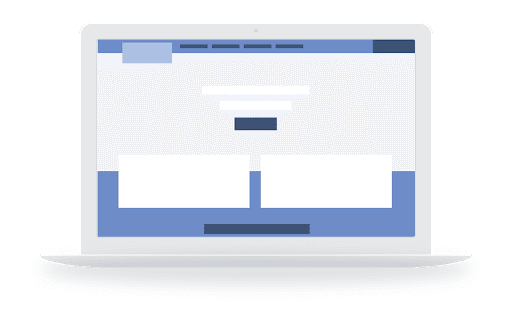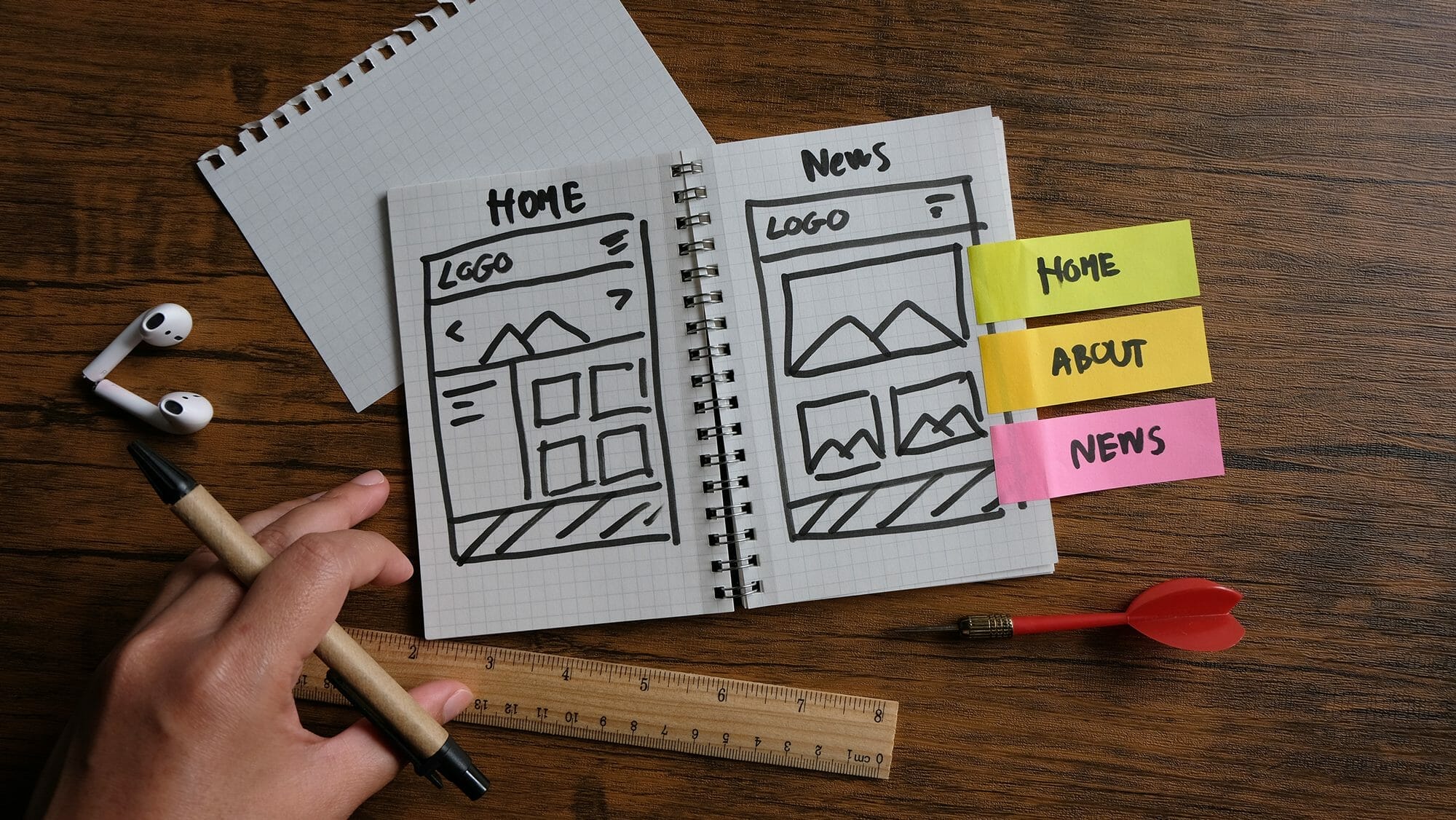We’ve all visited a website that drives us to the brink of “monitor annihilation” – a self-proclaimed industry term for the transformation people endure when a website is too slow, you can’t find what you’re looking for, or the expected functionality simply doesn’t exist or work.
We’ve all also visited a website that was so simple and intuitive to use that we hardly even thought about what we were doing as we spent way too much money on something we didn’t actually need.
These are examples of what we call user experience: how an individual perceives and interacts with a particular life scenario. We’ll discuss proper UX and two scenarios to paint a picture.
But really, what is UX?
We’ve discussed the meaning of this topic before, but times and technologies have evolved. By definition, user experience (UX) really is that simple. UX is the end user’s interaction with all of the parts of a particular event or space, including service and product (Nielson Norman defines this in much greater detail). This applies to any situation we experience: driving to a grocery store, shopping for clothes at the mall, walking through a park, playing a game, etc.
Regarding the web, user experience has been an increasingly hot topic as “the WWW” evolves with age, increases its user base, and explores other media for consumption (i.e., mobile devices, watches, VR/AR). More importantly, proper UX has become increasingly complex for these same reasons — there are more deviances to account for, such as:
- Greater diversity of visitors participating in the experience
- Ever-changing technology
What’s good and what’s bad?
Let’s keep it simple; below are two basic web-specific scenarios: one of which is positive for the user’s experience and one of which is negative. We’ve analyzed the two scenarios regarding how little details can severely affect how users experience the website and, more so, the buyer’s journey.

Scenario 1
Dorothy, a woman in her early 70s, is attempting to look online for gifts for her granddaughter’s birthday. She has a computer and a smartphone but only uses her phone for calling, so she’s a desktop user. She knows her granddaughter likes a specific brand of dolls, so she heads over to that company’s website. She’s immediately overwhelmed with excessive amounts of color, information, and playfulness, but she trudges along anyway.
The dolls are categorized only by name, with no option to sort by color, style, clothing, or other signifying features. As a last resort, she tries to locate a search bar, hoping that she can type in a description of the doll she hopes to buy. Unfortunately, the search bar only searches product names, not product features. Dorothy, disappointed and frustrated, decides to look elsewhere.
Evaluation
- The website is a true reflection of the company’s brand. It’s on point and true to its branding and design aesthetic, but the company did not consider who would be buying the product online (more than likely a parent or grandparent); rather, they targeted their website towards the children themselves. The website is good for packaging and certain media of advertising but should cater to the purchaser, such as adults, parents, and grandparents, to ensure that the company receives a sale conversion through that particular website visit.
- The brand also neglected to account for standard usability tactics that ensure that people can find information about products their way. Humans have very different methods for seeking what they want. Proper UX allows the target audience to sort and filter in a customizable way is an absolute must. At the very least, the search functionality should have been more diverse in what it could actually search.
Overall Experience: Negative

Scenario 2
Dan, a middle-aged single parent, is searching for deals for a vacation he’s planning to take his two kids on. He’s fairly tech-savvy, but he is not a web guru. He’s also in the beginning stages of his buyer’s journey and doesn’t have a full itinerary planned out yet – all he knows is the vacation needs to be family-friendly, fun for his kids, and warm.
Dan begins his search and lands on a popular “all-in-one” travel website where users can book flights, hotels, and activities simultaneously. Although he is presented with many options, he finds solace in the simplicity of the website’s navigation, which displays the website’s product categories (Flights, Hotels, Rental Cars, Activities). There is even an option for a service called “Travel Plans.”
He clicks here and immediately sees various available travel options he would like to visit. The website further eases his search by allowing him to filter by weather and setting (couple/solo/family). Once he finds a travel plan to fit his needs, the website gives him an in-depth explanation of the area and its surroundings. It also links related flights, nearby hotels, and available activities, all from this page.
There’s an easy way for him to save his “favorite” travel plans to revisit them with the kids later that evening. The kids love one of the three options that Dan saved. He immediately books the trip and enters his payment information. Voilà, in a matter of minutes, Dan’s family will soon set off on a tropical beach vacation.
Evaluation
- Simplicity is key, but many websites struggle with simplicity because their business or industry demands extensive amounts of information or options. However, attaining simplicity is, well, simple. Regardless of what kind of website you have, simplicity can be achieved by grouping and organizing appropriately. It’s all about presenting the most appropriate information to the user based on their experience.
- This website likely realized that many people like Dan don’t know where they want to go on a trip or are simply looking for ideas. The “Travel Plans” section is a great way to illustrate their vacation possibilities and another key conversion element to get visitors to book vacations quickly.
- Providing dynamic, relevant information to users is one of the best ways to keep them actively engaged with your website. Users also can easily find other information clearly related to what they were looking for. The less time a user needs to find something, the better the opportunity is for conversion.
Overall Experience: Positive
Enhance your user experience
In this two-part series, we’ll discuss how PA approaches UX and how that breaks down into four phases.
Did you enjoy this post about proper UX? Share your comments on social media.
Featured Image Credit: Envato Elements
